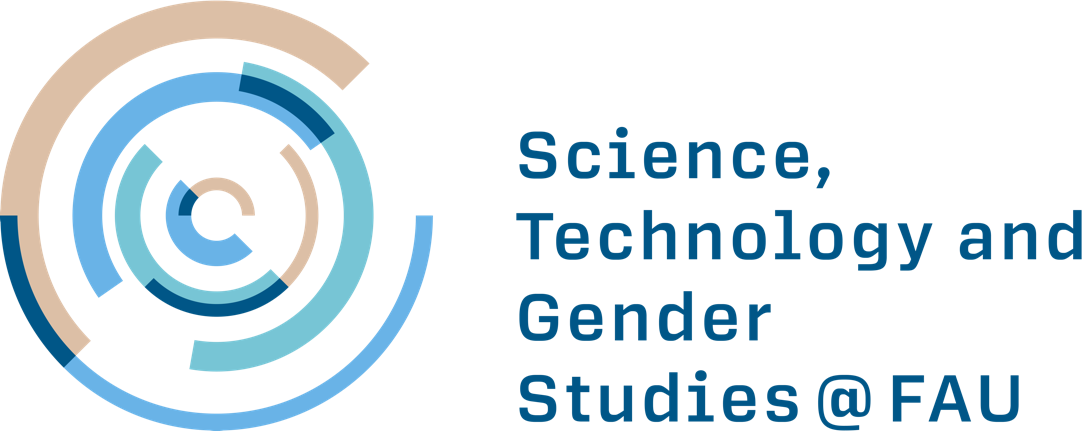From Occupation to Containerization, 1945–early 1970s – talk by Prof. John P. DiMoia
Next up in our STGS lecture series on Thursday, June 23, 2022 (18:00 CEST), is a talk by Prof. John P. DiMoia from Seoul National University in Korea, who is visiting us this month:
From Occupation to Containerization, 1945–early 1970s
To join us via Zoom, please register here.
Abstract:
With the outbreak of the Korean War, the primary mechanism for conveying personal goods for American military personnel was the Transporter, a leftover from World War II, and the CONEX (Container Express) box, a predecessor to the more recent ISO (International Organization for Standardization) shipping container. This form of conveyance transformed port cities such as Incheon and Busan from their recent history as part of the Japanese empire (1910–45), and previously, Joseon Korea. The subsequent “success story” of the ISO container, often told as a story of European shipping, or alternatively, American trucking, remains heavily embedded within a wartime context, in this case, the period preceding and leading up to American involvement in Vietnam (1965). A Los Angeles architectural firm, DMJM (Daniel, Mann, Johnson and Mendenhall) helped to design plans for Vietnamese ports in the early 1960s, helping to ease the transition from French colonialism. With the commitment to Vietnam, break-bulk shipping, with goods handled by teams of stevedores, needed to be replaced by containerization, especially at sites such as Cam Ranh Bay, one of the major intake points for goods. As a corollary to this rapid development of logistics, the Asian subcontractors (Japan, Korea, Philippines) involved in this process borrowed and used this technology while participating in Vietnam but also while transforming their own domestic ports. This paper tracks the Korean firm Hanjin and its use of the technology in Vietnam (Qui Nhon, Cam Ranh), along the migration of the technology to Busan by the early 1970s.
John P. DiMoia is Professor of Korean History at Seoul National University (SNU). He is the author of Reconstructing Bodies (2013, Stanford/WEAI), and one of the co-editors of Engineering Asia (2018, Bloomsbury/WEAI). From June 2022, he will be editor of the Seoul Journal of Korean Studies.
His current project in progress is titled “Peace and Construction: Korean Developmentalism, Built Environment, and Southeast Asia, 1954–present,” and seeks to link Korean overseas work culture, construction projects, and labor policies to Southeast Asia beginning in the mid- to late 1950s, following the Korean War.

